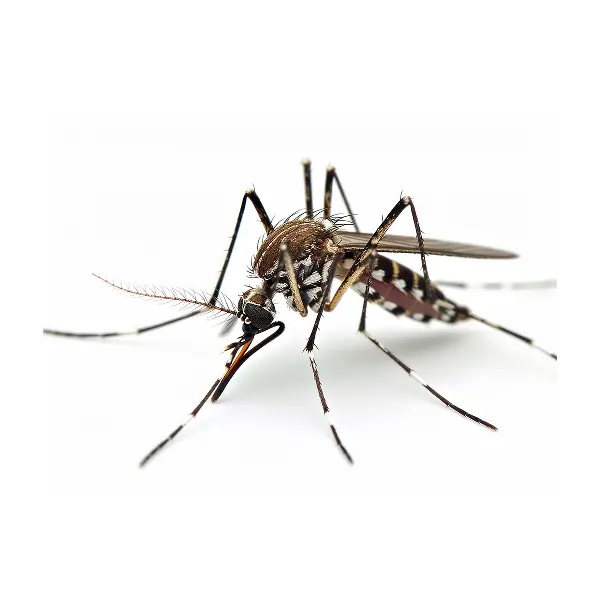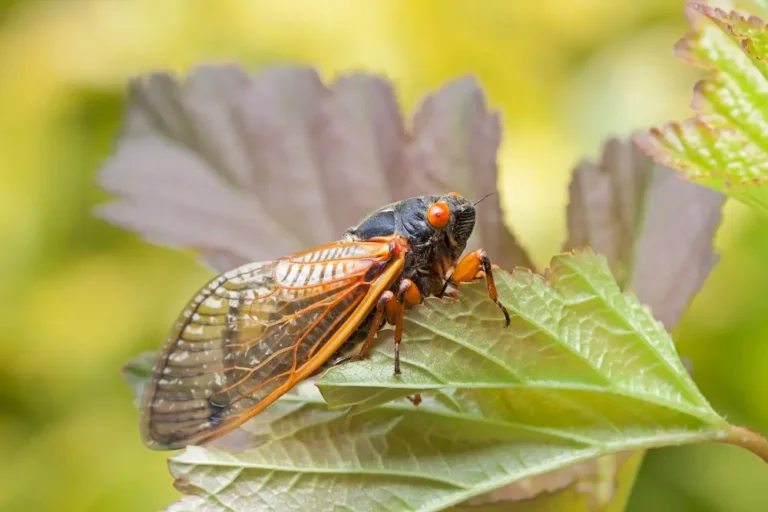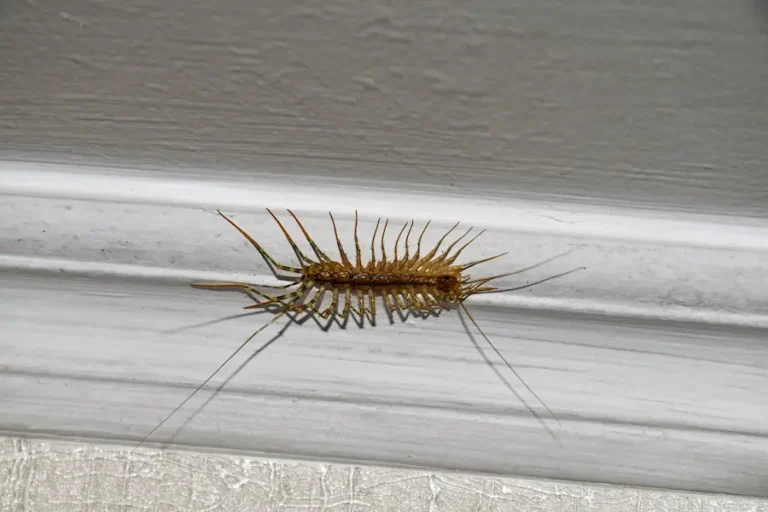Description
Adult Aedes aegypti mosquitoes grow to a small size of about 4-7 millimeters. Their abdomen is dark brown to black, and they have white scales on their thorax that form a violin-like pattern. Each tarsal segment of the hind legs has white bands. These white bands make them look like they are striped. Females are larger than the males.
The Aedes aegypti mosquito is the species that is responsible for spreading the Zika virus. Most people infected with Zika aren’t aware of it. Some may experience mild symptoms, including fevers, rashes, joint pain, and conjunctivitis. The Zika virus is of greater concern for pregnant women. A woman being infected with the Zika virus while pregnant means that their fetus is at a higher risk of being born with microcephaly and other brain defects, impaired hearing, eye defects, and impaired growth. For more information about the Zika virus, visit the Center for Disease Control’s website and be aware of the latest news and information about Zika.
Biology And Behavior
- When looked at microscopically, the female’s mouthparts are modified to feed on blood, while the male’s mouthparts are modified to feed on nectar. Like other mosquito species, the females feed on blood to get the protein they need to make eggs.
- Aedes aegypti mosquitoes lay their eggs in areas of standing water. Common places where they lay their eggs include inside tires, flowerpots, buckets, trash cans, ponds, birdbaths, pet dishes, tree cavities, and clogged gutters.
- Aedes aegypti mosquito eggs can withstand drying out and can survive without water for several months on the inner walls of containers and in other dry areas. They are a highly resilient species of mosquito.
Aedes Aegypti Mosquito Prevention Tips
- Eliminate as many areas of standing water around your property as possible.
- Routinely clean out gutters and make sure that they are working properly to drain water away from the exterior of your home.
- Keep grass cut short and cut back dense vegetation to reduce areas that mosquitoes can find to rest.
- Install or repair screen doors and windows to keep mosquitoes outside of your home.
- Use an insect repellant containing DEET on exposed skin and clothing when outside.
- Check with your local government to see if there is a community mosquito abatement program in your area.
- Organize neighborhood cleanup days to pick up abandoned containers in parks and alleyways and clean up vacant lots.
Action’s Mosquito Control Services
- Residential Mosquito Treatments
- Commercial Mosquito Abatement Services
- Community-Wide Abatement Programs
- One-Time Mosquito Treatments for Events
Helpful Articles About Mosquitoes



